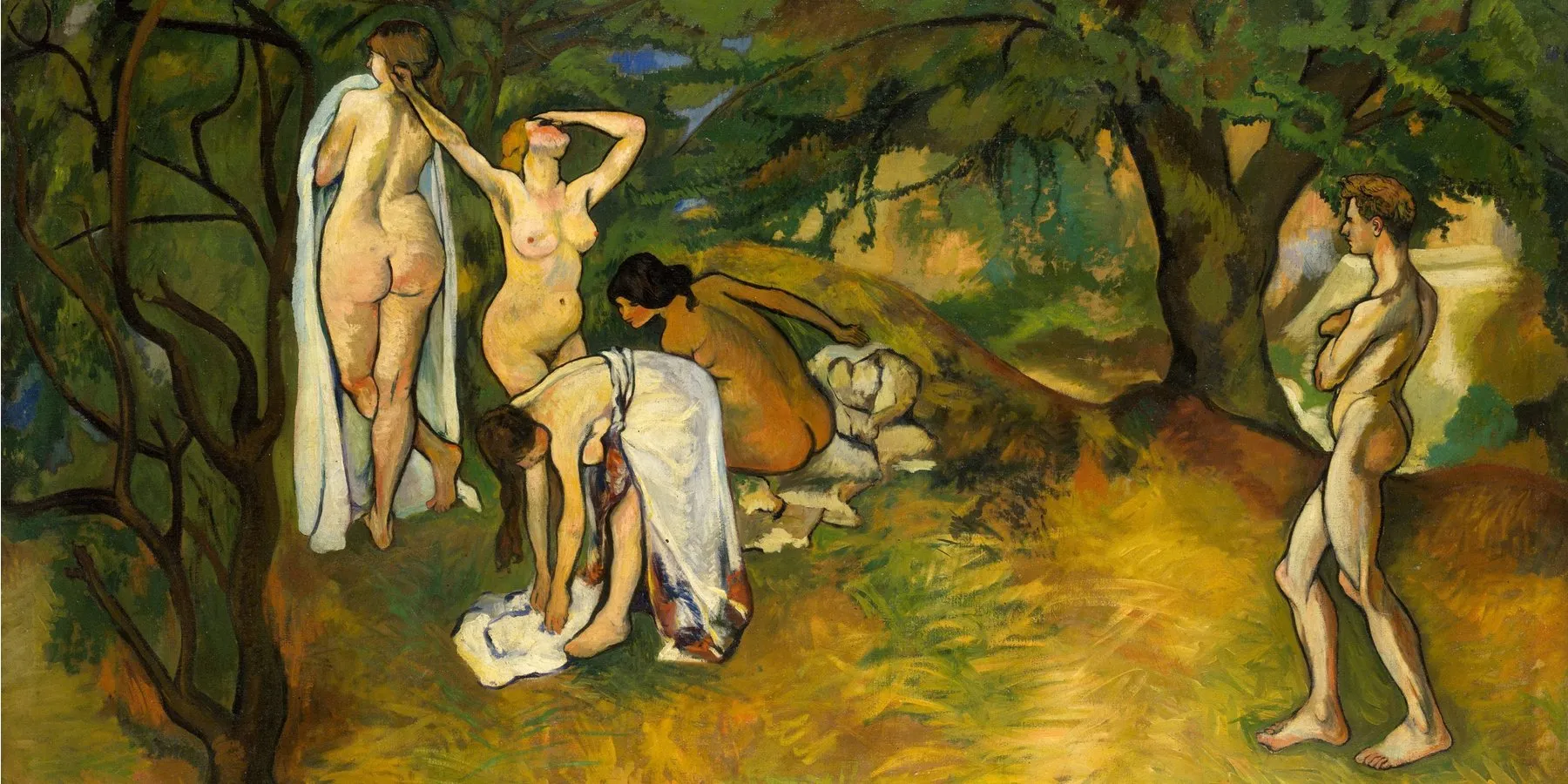Respect for persons in biomedical and behavioral research is standardly expressed through informed consent processes and documentation, governed by the United States Code of Federal Regulations (CFR). Researchers’ and organizations’ compliance with informed consent requirements is overseen by Institutional Review Boards (IRBs), members of which often have clinical, ethical, and legal expertise and must include at least one non-scientist and one person not affiliated with the organization in which the research is taking place. IRBs’ charges include reviewing protocols’ scientific methods and design, recruitment, and consent processes, and any ethical or scientific reasons for consent exception requests or informed consent documentation waiver requests from protocols’ principal investigators. IRBs interpret the CFR and apply regulations as they see fit in local organizational settings, so exceptions to informed consent and waivers of documentation of informed consent reviewed and approved by an IRB in one institution might not be approved by IRBs of other organizations or in other locales. In other words, reasonable people disagree about whether and when informed consent exceptions or waivers of documentation are scientifically or ethically appropriate, especially in emergency intervention research, studies that include deception as part of the design, or protocols involving participants for whom documentation of consent poses personal risk. This theme issue investigates some of these sources of disagreement and variation when interpreting and applying CFR rules in which informed consent or its documentation is missing, by design.
Wide ranging manuscripts on these and related inquiries are welcome for peer review consideration and inclusion in the November 2026 issue. Manuscripts submitted for in this issue must follow Instructions for Authors and be submitted by 30 December 2025.
The AMA Journal of Ethics® invites original, English-language contributions for peer review consideration on the upcoming themes.
